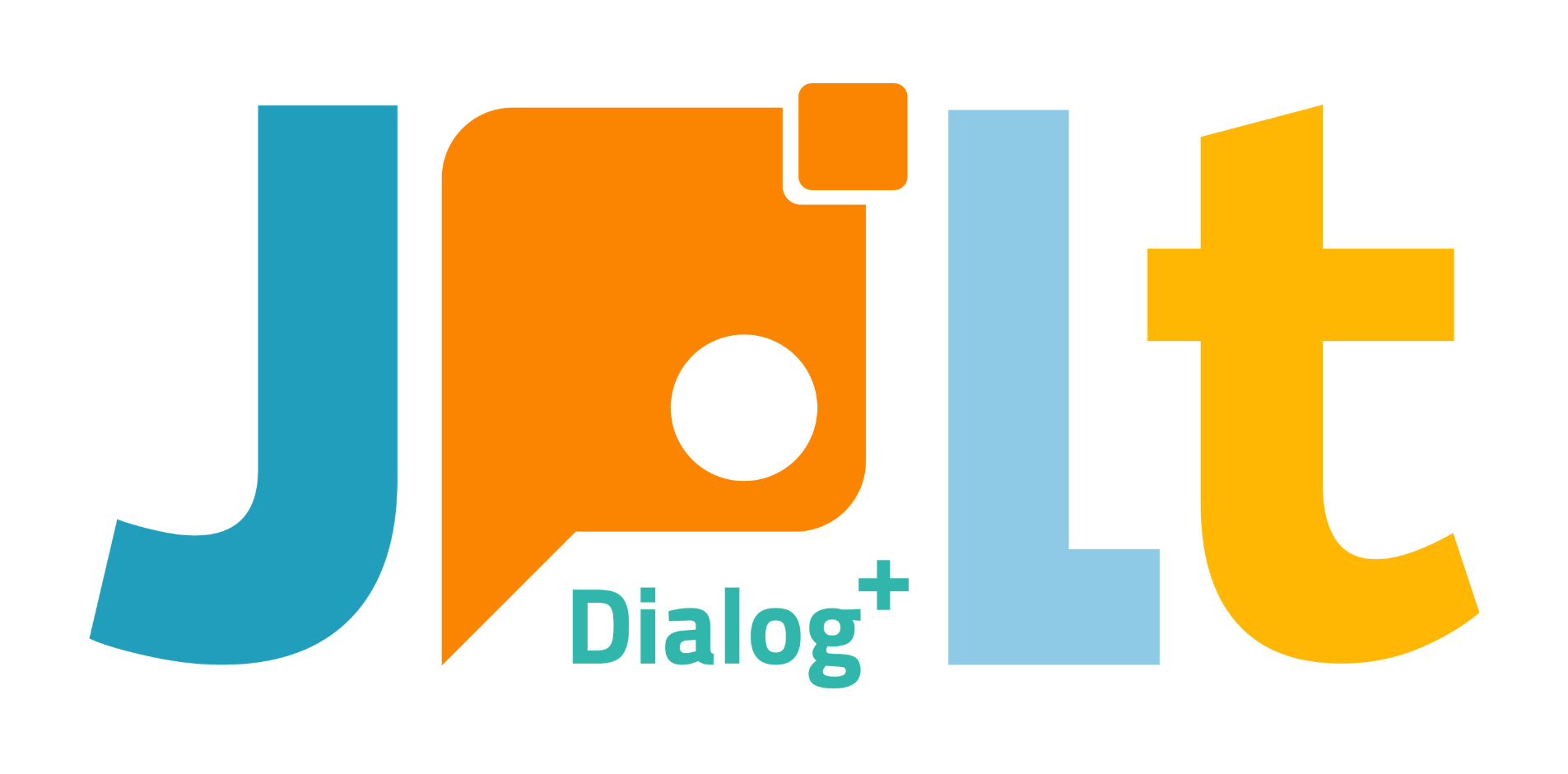The Difference Between “Rikai Shinikui” and “Rikai Shigatai”
“Don’t both ‘rikai shinikui’ (理解しにくい) and ‘rikai shigatai’ (理解しがたい) mean ‘difficult to understand’? Why should they be used differently?”
“In which contexts is it appropriate to differentiate between ‘rikai shinikui’ and ‘rikai shigatai’?”
“Aren’t ‘rikai shinikui’ and ‘rikai shigatai’ almost the same in meaning?”
Both “rikai shinikui” (理解しにくい) and “rikai shigatai” (理解しがたい) express difficulty in understanding, but there are subtle differences in nuance. These distinctions can be confusing, especially for beginners. For example, “rikai shinikui” is used when understanding is challenging due to a lack of knowledge or experience. On the other hand, “rikai shigatai” is used when something is difficult to grasp because it goes against common sense or personal beliefs.
In this article, Eri-san from the JPLT Online Japanese Language School explains the differences between these two expressions with easy-to-understand examples for beginners!
What’s the Difference Between “Rikai Shinikui” and “Rikai Shigatai”?
Although both “rikai shinikui” (理解しにくい) and “rikai shigatai” (理解しがたい) are often used to mean “difficult to understand,” they carry different nuances:
“Rikai Shinikui” (理解しにくい)
- Objective Reason: Describes situations where the content is complex or lacks adequate explanation, making it hard to understand.
- Example: Kono sūgaku no mondai wa, kōshiki ga fukuzatsu de rikai shinikui (この数学の問題は、公式が複雑で理解しにくい) – “This math problem is difficult to understand because the formula is complex.”
“Rikai Shigatai” (理解しがたい)
- Subjective Reason: While the content might not be inherently difficult, it reflects difficulty in understanding due to personal perspectives, experiences, or emotions.
- Example: Kare ga naze sonna koto o suru no ka, mattaku rikai shigatai (彼がなぜそんなことをするのか、全く理解しがたい) – “I can’t understand at all why he would do such a thing.”
A Simple Summary
| Word | Meaning | Situation |
|---|---|---|
| Rikai Shinikui (理解しにくい) | The content is complex or lacks sufficient explanation. | Objective reasons. |
| Rikai Shigatai (理解しがたい) | Difficult to understand due to personal beliefs or emotions. | Emotional or abstract reasons. |
Applying the Differences
- “Rikai Shinikui” (理解しにくい): Kono ronbun wa senmon yōgo ga ōkute, ippan no hito ni wa rikai shinikui darou (この論文は専門用語が多くて、一般の人には理解しにくいだろう) – “This paper is filled with technical terms, making it difficult for the average person to understand.”
- “Rikai Shigatai” (理解しがたい): Kare ga totsuzen kaisha o yameta riyū wa, watashi ni wa rikai shigatai (彼が突然会社を辞めた理由は、私には理解しがたい) – “I find it hard to understand why he suddenly quit the company.”
Why Is Understanding the Difference Important?
Using these two phrases correctly allows you to express your thoughts more precisely. For instance, when saying kono shiryō wa rikai shinikui kamo shiremasen (この資料は理解しにくいかも知れません) in a presentation, you’re conveying that the content might be hard to understand because it’s complex, offering an objective explanation. In contrast, if you say kare no iken wa rikai shigatai (彼の意見は理解しがたい), you’re expressing that you don’t agree with or can’t relate to his opinion on a more emotional level.
Conclusion
While “rikai shinikui” (理解しにくい) and “rikai shigatai” (理解しがたい) both mean “difficult to understand,” they differ in nuance. Recognizing these differences will help you communicate more naturally in Japanese.
Enjoy Learning Japanese!
Learning Japanese is a deep and fascinating experience. As with the difference between “rikai shinikui” (理解しにくい) and “rikai shigatai” (理解しがたい), understanding the nuances of individual words can enhance your enjoyment of the language. If you have any questions during your Japanese learning journey, feel free to ask the experienced Japanese instructors at the JPLT Online Japanese Language School. With one-on-one lessons, you can receive personalized support tailored to your learning needs.



